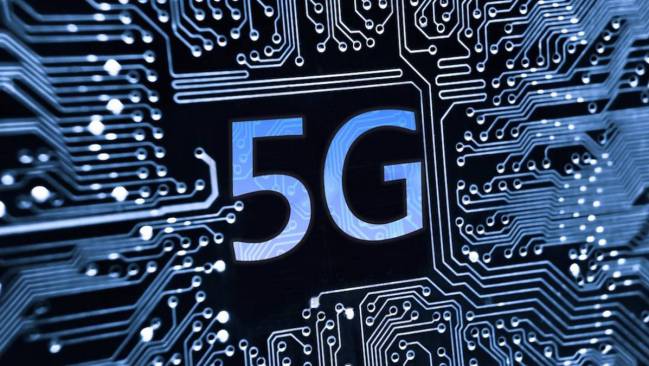IMDEA Networks

The connectivity of the future
26 May 2015

5G networks are set to be operational in 2020 and will be the gateway to the age of “intelligent everything”. In addition to increasing workers’ productivity, they will improve their quality of life.
An entirely new telecommunications system with radically different characteristics. Despite being still in the early stages of research, 5G networks will represent a revolution. They will allow services to be available at any location, and multiply the aggregate capacity of current networks by 1000 to reach a density of 10 Terabits/second per square kilometer, while boosting the speed available for each terminal 100-fold, reaching 10 Gigabits/second. Additionally, the number of connected terminals will increase by 150 to over a million million.
5G networks will support the Internet of the future. Evolving from the pages of sci-fi to reality, they will become part of a totally connected world. Arturo Azcorra, President of the 5G Expert Group of the NetWorld2020 European Technology Platform, assures us that they will drastically reduce energy consumption, with a 90% saving in bits/second with regard to the current situation. “Control and management of the network will be 1000 times more flexible”, he adds.
Operators, regulators and manufacturers are already standing in line on the platform, tickets in hand, determined not to miss the opportunity to board this revolutionary train, and are working together both on defining the system requirements and identifying the supporting technologies. Ignacio Berberana, Managing Director for Innovation at Radio Access Networks, Global CTO Telefónica, is working on the applicable principles of design. “We want the new networks to be much more efficient from the energy consumption point of view and to guarantee secure communications and privacy for users. The first steps are already being taken to adjust relevant regulations in fundamental aspects such as the spectrum of frequency bands that can be used”.
Designing network architecture capable of tolerating this volume of data, and transmission speeds to offer a broader service. The sector is currently facing serious challenges. Dr. Zhou, President of Huawei European Research Institute, believes that “5G will be ready to roll out in 2020”. Each generation of mobile standards normally requires a decade to come to fruition. While 1G appeared in 1979, 4G was launched in 2012. “It is important that all global players focus on making 5G a reality in the next decade”.
5G technologies will render time and distance irrelevant. Before leaving the office, we’ll turn on the oven so that it is at the selected temperature when we get home, buy a turkey with our Smartphone and download the recipe. The ‘where’ or ‘when’ will cease to matter. Azcorra explains that 5G networks will be a multiplying factor to workers’ productivity, as each individual will have all the information they need, when they need it. “The potential socioeconomic impact is simply endless”, he remarks.
[ 90,000 million euros is the direct economic potential of 5G networks for 2020, without taking into account the induced economy – electronic commerce or increased productivity. ]


Recent Comments